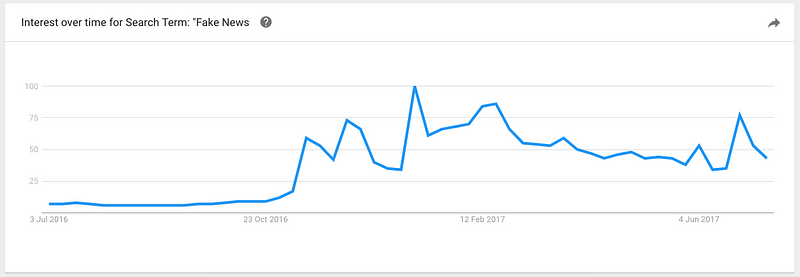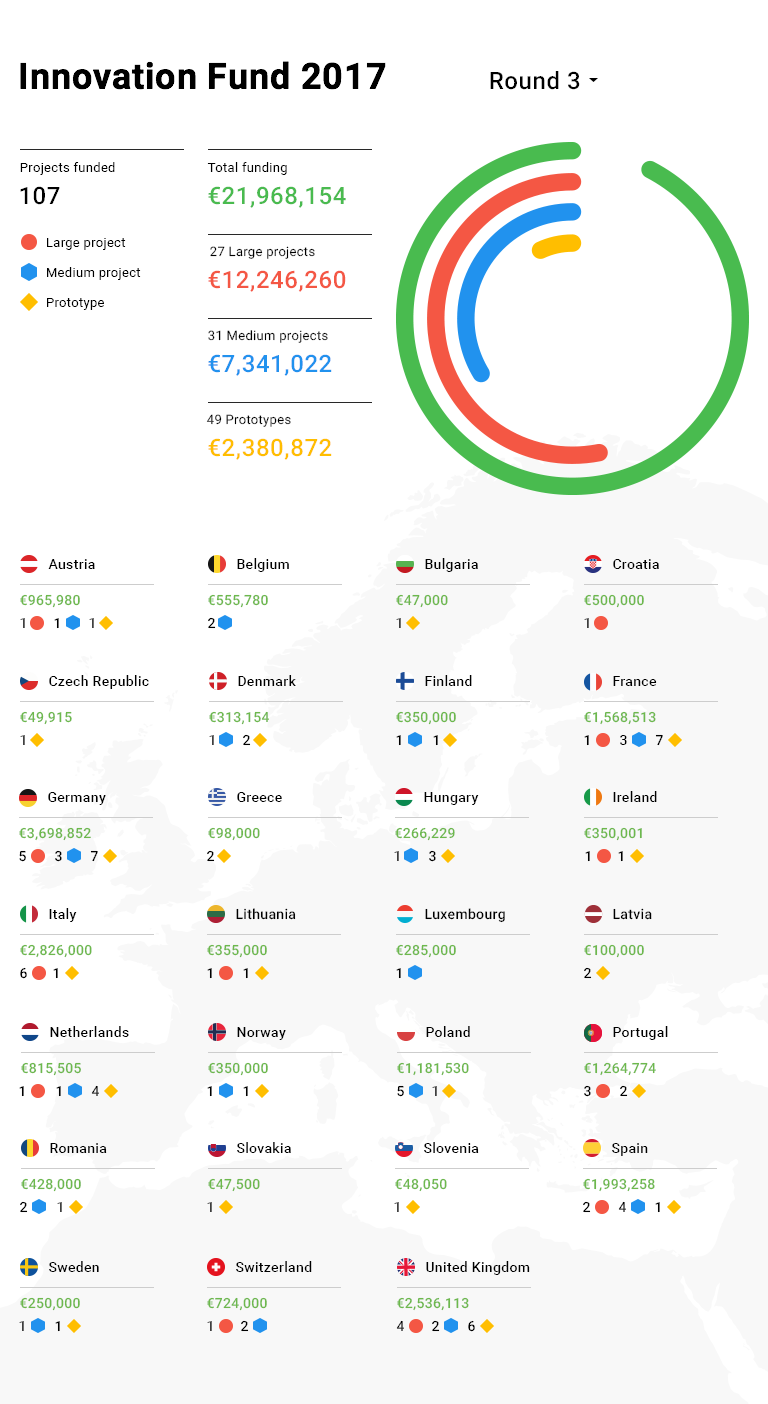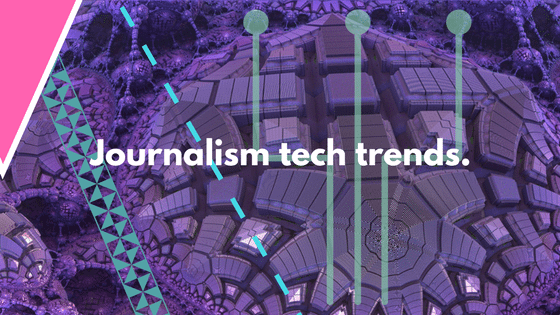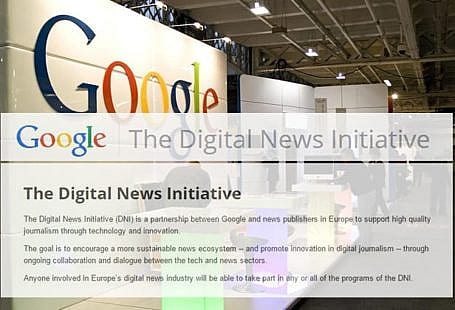They were:
- The identified web: which goal was to enrichen the data publishers have on their audiences
- Better Ads, Better Experience: where publishers would research and develop ways of improving ad-based experiences.
- Local News: the biggest trend observed on that list.
- Personalization: to increase user engagement and thus revenue.
With Round 3 results announced last week, I spotted something. I noticed that the deadline for applications for Round 2 was July 11th, 2016. Then, Trump hadn’t happened and fake news wasn’t a thing.

So, it wasn’t surprising to see a tremendous shift in trends once Round 3 results came out. The following analysis represents how the project scopes and goals evolved in just one year.
Google’s DNI Round 3 invested more than €21M in 107 projects from 27 countries, with Germany, Italy and the UK leading funding volume.

So, what changed? What are the big trends to be highlighted in this round?
1 — Fact Checking
No surprises, right? At least a dozen projects were funded for the sole purpose of developing technology towards improving journalism through fact checking mechanisms. And the ways people want to tackle this issue are phenomenal to observe.:
- Trust & Veracity: a lot of fact-checking projects were focused on improving trust and credibility in the journalism value chain, from ways of better verifying sources to ratings journalists and publications.
- Immutability: other projects were focusing on making sure that content isn’t changed into a fake version of itself throughout its lifetime. One project even proposes a ‘tree of credibility’ for everything related to a news piece. (I wonder how blockchain and distributed ledgers could take a part in this).
- Filter Bubbles: but one of my favorite angles was on popping filter bubbles. Apart from alerting for fake news, a couple projects actually took a step further and proposed alternative content based on facts, enabling real-time cross checking of sources.
2 — Artificial Intelligence & Machine Learning
Another important number of projects was dedicated to the use of AI in the newsroom. If in January focus was on automating the newsroom, now we observed a shift towards predicting the news.
Suddenly, a (new) battle of first arising. If in today’s world publishers compete to be the first to break the news, tomorrow, they’ll be fighting to be first to predict them. A few projects are researching and developing algorithms that read data from thousands of sources and learn if there are any insights on whether something is about to happen. If it is, algorithms (provided they’re working with structured data) would also be able to create the news piece itself. In some cases, even automate live news.
3 — Content Experience
The last big trend I’d like to cover has to do with the way we consume content. And forget the smartphone, that’s a thing of the past.
The future of content is to be consumed in different mediums, namely:
- VR (Virtual Reality): some projects will develop ways for readers to “live” past events in an immersive set. Others will focus on live VR broadcasting of news.
- AR (Augmented Reality): where you’ll be able to walk around a city and get geo-targeted news related to the things you’re seeing.
- Audio/Podcasts: where investigative journalism can be transformed into thrilling narrative stories in a form of a podcast or, in another case, where bite-sized news are pushed through alternative channels like smart watches, cars & smart equipment.
- Messaging Bots: where it’s up to the user to decide how she wants the story to be told, in a personalized and in-depth news consumption experience.
Local & Monetization are still key areas for innovation
Despite being already covered in our last article, I didn’t want to end this piece without mentioning that Local News & Monetization are still a (very!) significant share of the projects funded. It follows the same trends observed before and relates to some of the priorities that publishers have: how they can personalize content to their audiences (even at the local level) while still being able to monetize them, at scale.
The summary of Google’s DNI funding initiatives is made and I hope it gave you a quick glimpse of how innovation looks like in this world of ours.
Interested in knowing more about Dark Social & Analytics?
[su_button url="https://getsocial.io" target="_blank" style="flat" background="#21D2B5" color="#ffffff" size="7" wide="no" center="yes" radius="auto" icon="" icon_color="#FFFFFF" text_shadow="none" desc="" onclick="" rel="" title="" id="" class=""]SIGN UP FOR FREE[/su_button]




